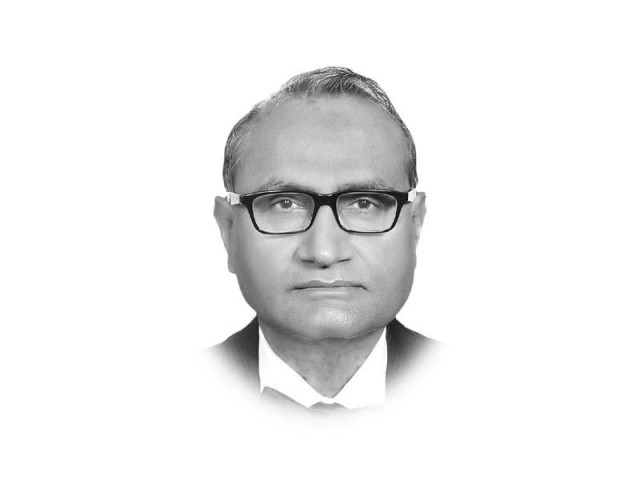Education spending in Pakistan
Time to put things together and present an overall picture of education spending in Pakistan

pervez.tahir@tribune.com.pk
In the 2017-18 budgets, all these governments allocated Rs902.7 billion for education. As the budgeted amount in the previous year was Rs776.1 billion, this shows an increase of 16.3 per cent. However, the revised estimate for the previous year was Rs622.1 billion, a 19.8 per cent reduction in utilisation. This was mainly the result of massive underutilisation in Punjab and Sindh, 37.5 per cent and 30.2 per cent, respectively. Khyber-Pakhtunkhwa, Balochistan and the federal government utilised more than the budgeted allocation. As a percentage of GDP, the allocation in the budget 2017-18 is 2.5 per cent compared to 2.3 per cent in the budget 2016-17. It was 1.95 per cent in the revised estimates of 2016-17. In view of this performance, the budget target of 2.5 per cent of GDP, not high by international standards, seems optimistic.
The GDP estimates include the household incomes and the incomes of for-profit and non-profit organisations. They now spend large sums on education, which should be added to the public spending on education to get a fair idea of the total spending on education by society. This should be the numerator when using GDP as the denominator. For public spending, the ratio considered appropriate is the proportion of total budgetary expenditure. For the budget 2017-18, it is 9.8 per cent, compared to the revised estimate of 7.3 per cent and the previous budget estimate of 9.1 per cent. Again this is rather low for a country the size of Pakistan.
With the devolution of the subject of education to the provinces, the share of the federal government in total public education spending is only 14.6 per cent. It will come down drastically after the Higher Education Commission becomes a regulator rather than the largest spender on higher education. In the event, it makes more sense to relate consolidated provincial spending on education to the consolidated provincial budgetary expenditure. This ratio was 22.4 in the budgets for 2017-18, down from 22.6 per cent in the budgets for 2016-17. In the revised estimates of the same year, it was extremely low at 17.6 per cent.
With 25 million out of school children, a significant percentage of those enrolled not retained, gender imbalances and generally poor quality of teachers and student learning, even the provincial education/expenditure ratios paint a sorry state of affairs. Politicians see more visibility in announcing universities than in schools as their priority projects. What would they say to the Quaid-i-Azam to whom the “greatest stigma on the Government,” is “to show that after your 150 years of rule, ….you have not given knowledge and light, nay even the three R’s to more than 6 or 7 per cent of the population in this country” (Legislative Assembly, March 1925).
Speaking on Gokhale’s elementary education bill in April 1912, he made five key points that should act as reminders in this month of independence celebration. First, it was it the business of the state to provide basic education, and by compulsion not through the voluntary system. Secondly, resources had to be found somehow for free access. Thirdly, the Quaid would brook no nonsense on the question of girls education. Fourthly, the Quaid was for mass education not èlitist education, particularly the British public school system. Finally, he was for producing skills rather than clerks.
Published in The Express Tribune, August 26th, 2017.
Like Opinion & Editorial on Facebook, follow @ETOpEd on Twitter to receive all updates on all our daily pieces.














COMMENTS
Comments are moderated and generally will be posted if they are on-topic and not abusive.
For more information, please see our Comments FAQ